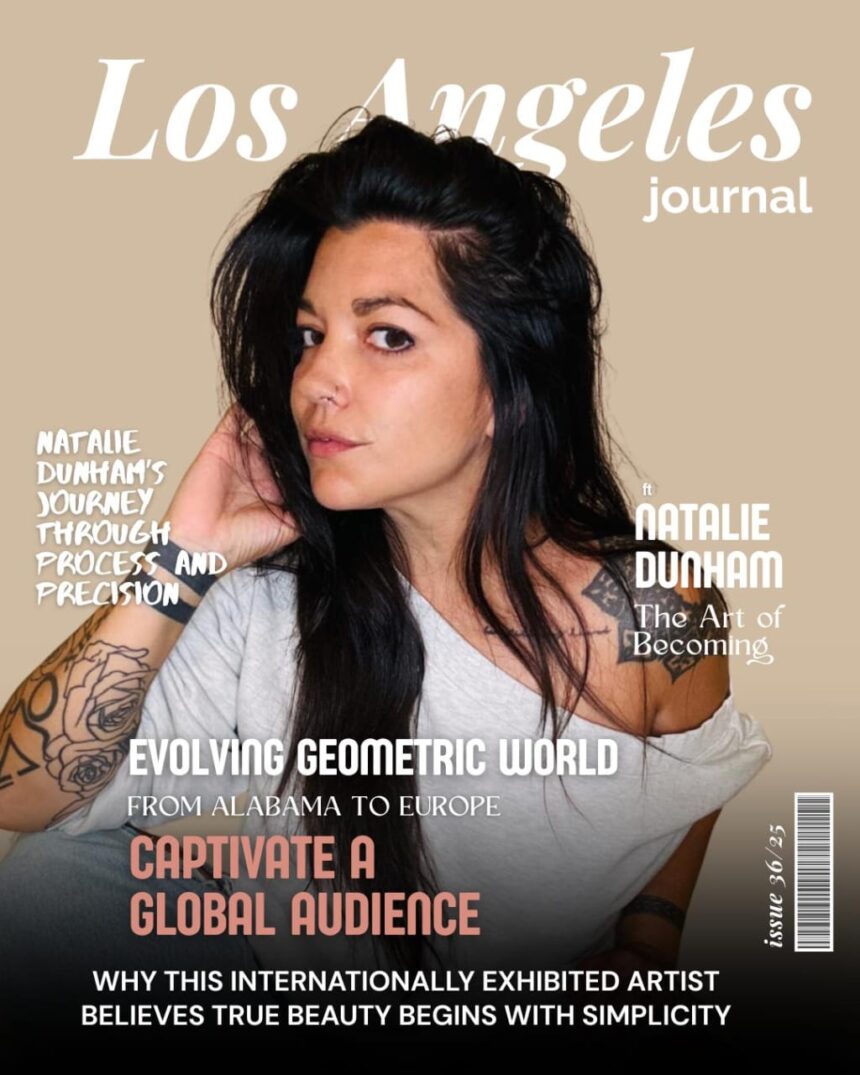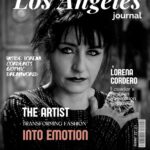In a world increasingly focused on speed and instant gratification, artist Natalie Dunham offers a thoughtful counterpoint—one that celebrates patience, repetition, and the subtle evolution of form. With a career rooted in both academic rigor and intuitive exploration, Dunham’s process-driven approach to art has earned her recognition on both national and international stages.
A native of the United States, Dunham received her Bachelor of Fine Arts in Painting from Birmingham-Southern College in Birmingham, Alabama in 2007. She later refined her artistic language through a Master of Fine Arts in Sculpture at the prestigious Maryland Institute College of Art (MICA) in Baltimore, Maryland, graduating in 2010. These formative years laid the groundwork for a practice that bridges painting and sculpture, structure and spontaneity, intention and discovery.
Dunham’s work is best described as a series of ongoing 3-dimensional material studies—sketches that unfold in space rather than on canvas. These compositions are rooted in the language of geometry: basic shapes and lines are layered, accumulated, and repeated, becoming meditative explorations of form and presence. Yet beyond their visual precision lies a deeper philosophy. Each piece is assigned a numerical title, a system that serves not only as an inventory of materials and techniques but also as a quiet invitation for viewers to engage in a journey—a journey that mirrors the artist’s own.
This numbering system, far from being impersonal, creates a narrative thread that connects Dunham’s body of work across time and space. It speaks to her ongoing investigation into process and transformation, and it encourages a closer inspection of the seemingly simple. Her methodology highlights the ordinary—wood, wire, fabric, paper—and elevates it through repetition and care, turning the mundane into the monumental.

Dunham’s approach reflects a larger belief: that the value of art lies not only in its final form but in the labor and introspection behind it. For her, the act of making is where meaning resides. “Art is not merely a finished product,” she often suggests through her practice, “but a dynamic journey that unfolds over time.” By drawing attention to the process—the trial, the error, the repetition—she invites audiences to slow down, to notice, and to reflect.
Today, Dunham maintains a primary studio in the United States and an additional workspace in Europe, further broadening the cultural and conceptual landscapes that inform her practice. Her works continue to be collected and exhibited across borders, admired for their formal clarity, poetic restraint, and contemplative depth.
In Natalie Dunham’s art, viewers find more than objects—they find a quiet insistence on the beauty of becoming. Through her structured yet sensitive practice, she reminds us that in art, as in life, transformation often begins in the simplest of places.



